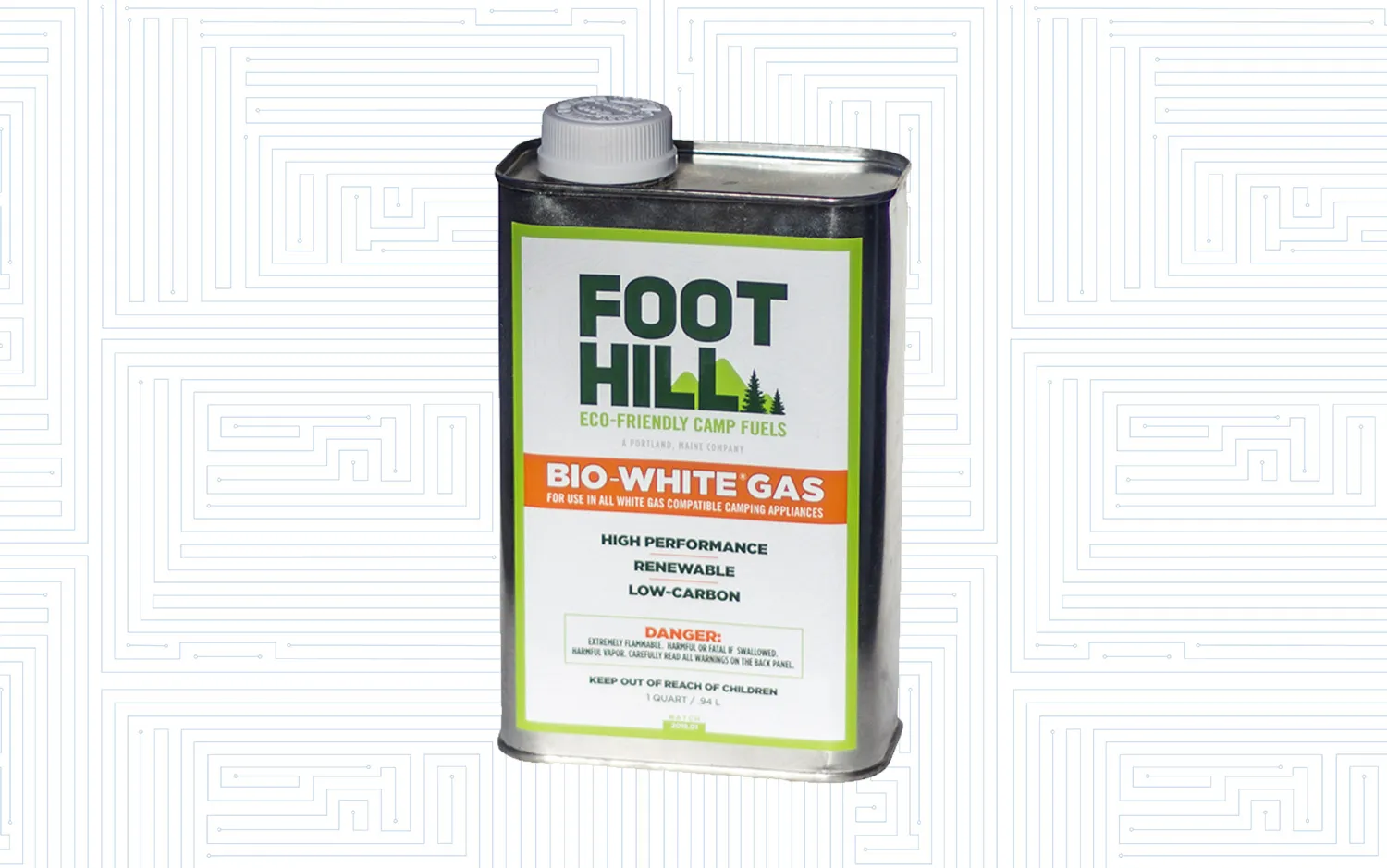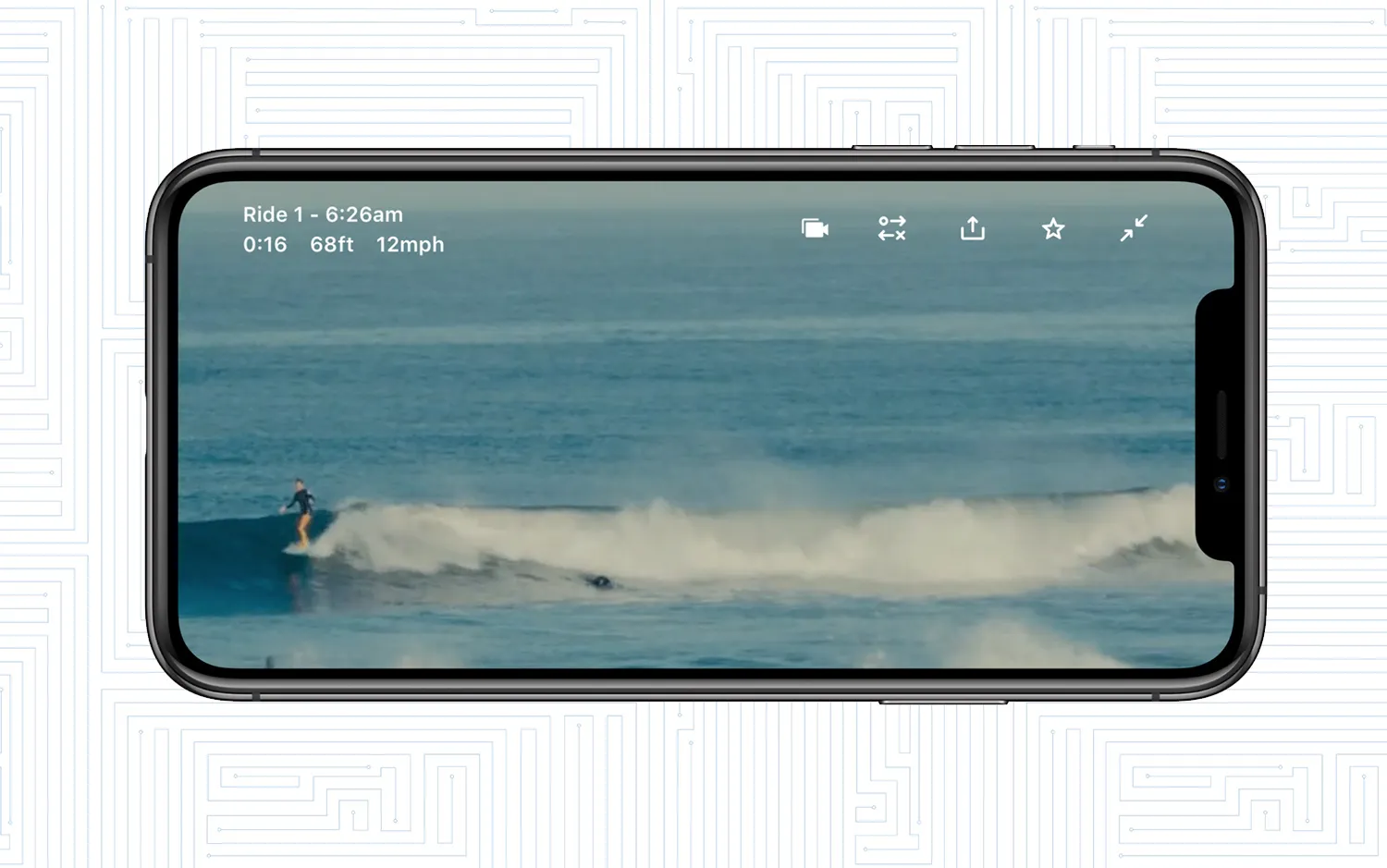

All 100 innovations for Best of What’s New 2019, this way.
The best technology makes it easier to do the things you enjoy. That might mean taking a long ride knowing your helmet will summon help if you crash, or venturing farther from civilization because your activity-tracking watch draws power from the sun. And everyone will feel better cooking dinner over eco-friendlier camp fuel and pulling a cold one out of a biodegradable cooler. This tech can help you live the life your Instagram followers think you have.

The bottom edge of the lens in Smith’s 4D Mag goggles curves toward your face, creating a bubblelike appearance. It might look odd, but that extra bulge provides 25 percent more visibility than typical ski specs. Obviously, that means a better view of the terrain ahead, but it also comes in handy between runs. Adjusting a chest-mounted camera, queueing up the next playlist, or tightening your backpack straps is much easier when you don’t have to remove or even adjust your eyewear to peer down. A seven-point magnetic-latch system secures the lenses, so swapping out any of the seven color options to match your weather conditions or the rest of your gear.

Making dinner in the backcountry usually means cooking over white gas made from petroleum. Foothill Fuels developed a greener, renewable alternative: Bio-White Gas. The company collects veggie oil from restaurants and farms, and refines it into a fuel that works in any stove. Using old french fry grease generates half the greenhouse gases of converting dino juice, and the eco-friendlier fuel burns just like the traditional stuff.

Your hips and shoulders swivel when you walk. Strap a heavy pack to your back, and you restrict that natural movement, causing chafing and soreness. Backpacks with Mammut’s Active Spine Technology feature an aluminum and fiberglass frame with pivot points between the shoulder straps and hip belt. That gives the gear the flexibility to move with your body instead of against it, reducing fatigue and increasing comfort.

An incapacitating crash that leaves you unable to summon help is a frightening risk for any cyclist. Stick Specialized’s ANGI on your helmet, pair it with your phone, and help is one text message away. If the gadget’s accelerometer and gyroscope detect an impact or spill, it sounds an alarm. Fail to respond within 90 seconds, and the Specialized app sends your location to an emergency contact. The device weighs just less than 1 ounce, works with virtually any lid, and doesn’t require a subscription or annual fee.

Tanning leather demands copious quantities of H2O and a nasty thing called chromium sulfate. Ecco’s DriTan technique needs only the moisture in the hide, and minimizes the chemicals by tweaking factors such as temperature and pH. The company says the process saves about 5 gallons of wet stuff per hide—it tans 1.24 million of them annually—and eliminate 600 tons of waste and sludge at its tannery in the Netherlands, one of several using the technique.

Smart watches require nightly charging. But Garmin’s chunky Fenix 6x packs an enormous 450 mAh battery that lasts three weeks. But the real differentiator is the nearly transparent solar panel beneath the tough Gorilla Glass lens. It can suck up enough sunlight to give you three extra days of power, providing more time to check a compass reading during a hike, track a swim or run, or receive notifications from your phone. Even if you turn off the watch, that photovoltaic cell will generate a charge.

Hand-pump purifiers are slow, ache-inducing gadgets that can take one minute to produce about 2.5 quarts of potable water. The Grayl GeoPress cleans twice that amount in the same time by leveraging your body weight. Simply fill the outer chamber and insert the filter plunger, place the whole thing on a firm surface, and lean into it. Pushing down on the lid forces water through a replaceable cartridge that uses ion-exchange mesh and activated carbon to trap nasties like bacteria, protozoa, and even viruses—something many other devices miss.

Styrofoam coolers are a convenient option for anyone who only occasionally needs a portable icebox. Unfortunately, they’re an environmental nightmare that will clutter landfills for centuries. Igloo’s 16-quart Recool replaces the nearly indestructible petrochemical with a mixture of recycled wood pulp and paraffin wax. It can handle 75 pounds of frosty cargo, keeps ice frozen for up to 12 hours, and costs less than $10. The material is robust enough to endure five days full of water, so you can dry it out after an afternoon at the beach and use it again.

Surfline’s popular app uses a network of more than 500 cameras at spots around the world to let wave riders monitor weather and water conditions. The Sessions iOS app allows you to sync your Apple Watch to the app and use those same recording rigs to capture your ride. You’ll also get a rundown on the height of the wave, how long you rode it, and your top speed. It’s useful for analyzing your technique and improving your skills—not to mention sharing your shreds on social media.

Most housebound trainers offer just a few adjustments, a one-size-fits-most approach that doesn’t effectively mimic real-world riding. Wahoo’s $3,500 Kickr precisely replicates your ride. Snap a pic of your bicycle, and the iOS or Android app walks you through tweaking the seat height, bar position, and other specs to match. It even lets you shift gears. A carbon belt connects the crank to a flywheel for that I’m-actually-pedaling sensation, and a tilting mechanism changes its inclinate as you descend or climb, making it feel like you really are slogging up Alpe d’Huez.